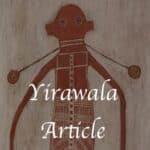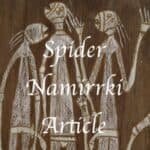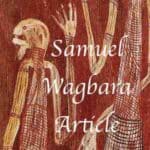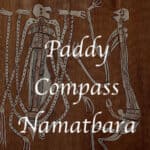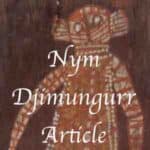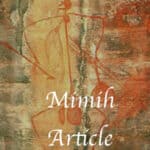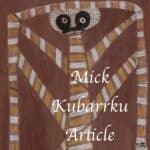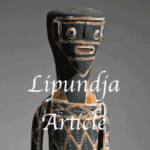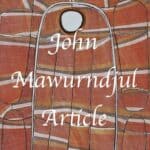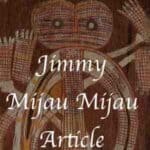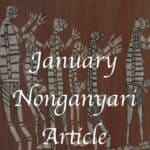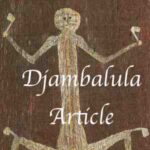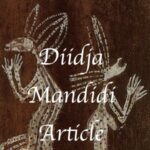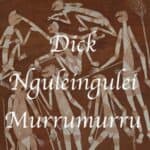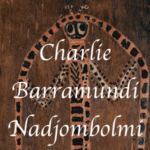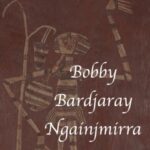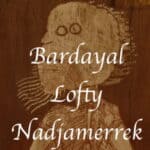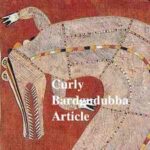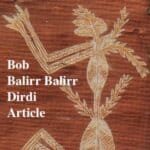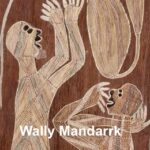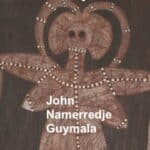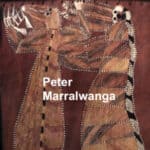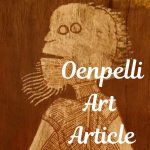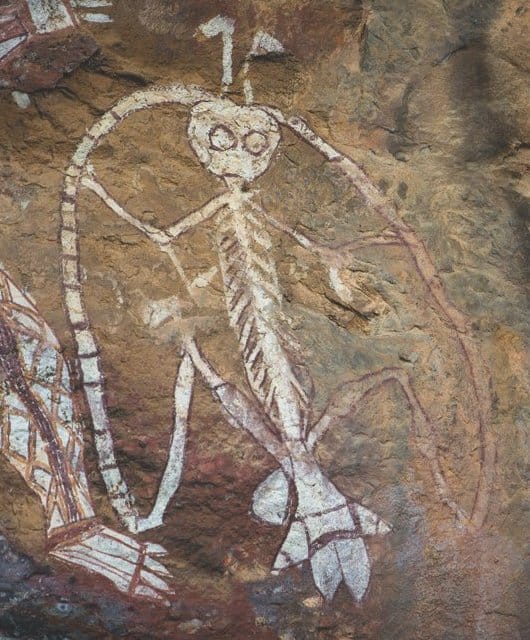Namarrkon the lightning Spirit
Namarrkon is the subject of several bark paintings and cave paintings by Oenpelli Artists. These artists have different depictions but all the depictions have similarities.
If you have a Namarrkon painting to sell please contact me. If you just want to know what your bark painting is worth please feel free to send me a Jpeg. I would love to see it.
The lightning spirit is usually depicted with stone axes on their knees and elbows to make thunder. They often have lightning extending from the top of their heads.
The lightning spirit Namarrkon is a spirit of Kunwinjku people, Oenpelli, Western Arnhem Land.
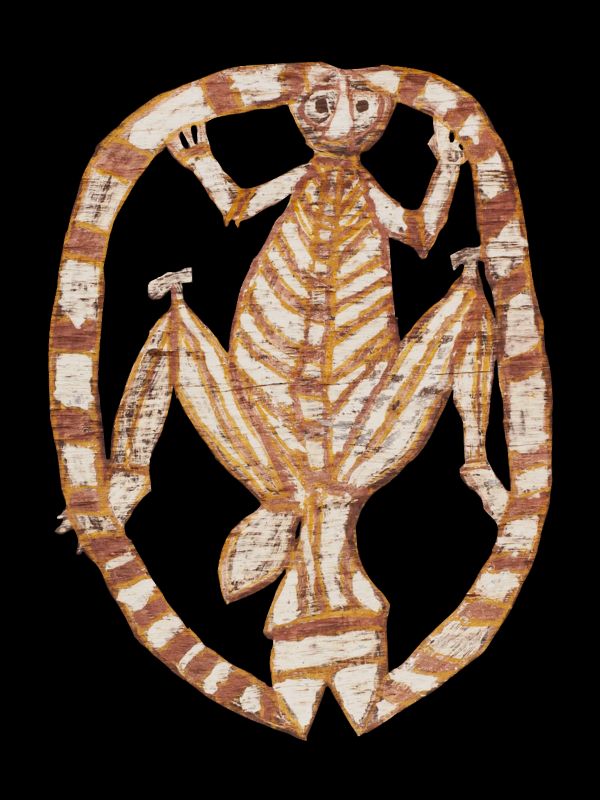
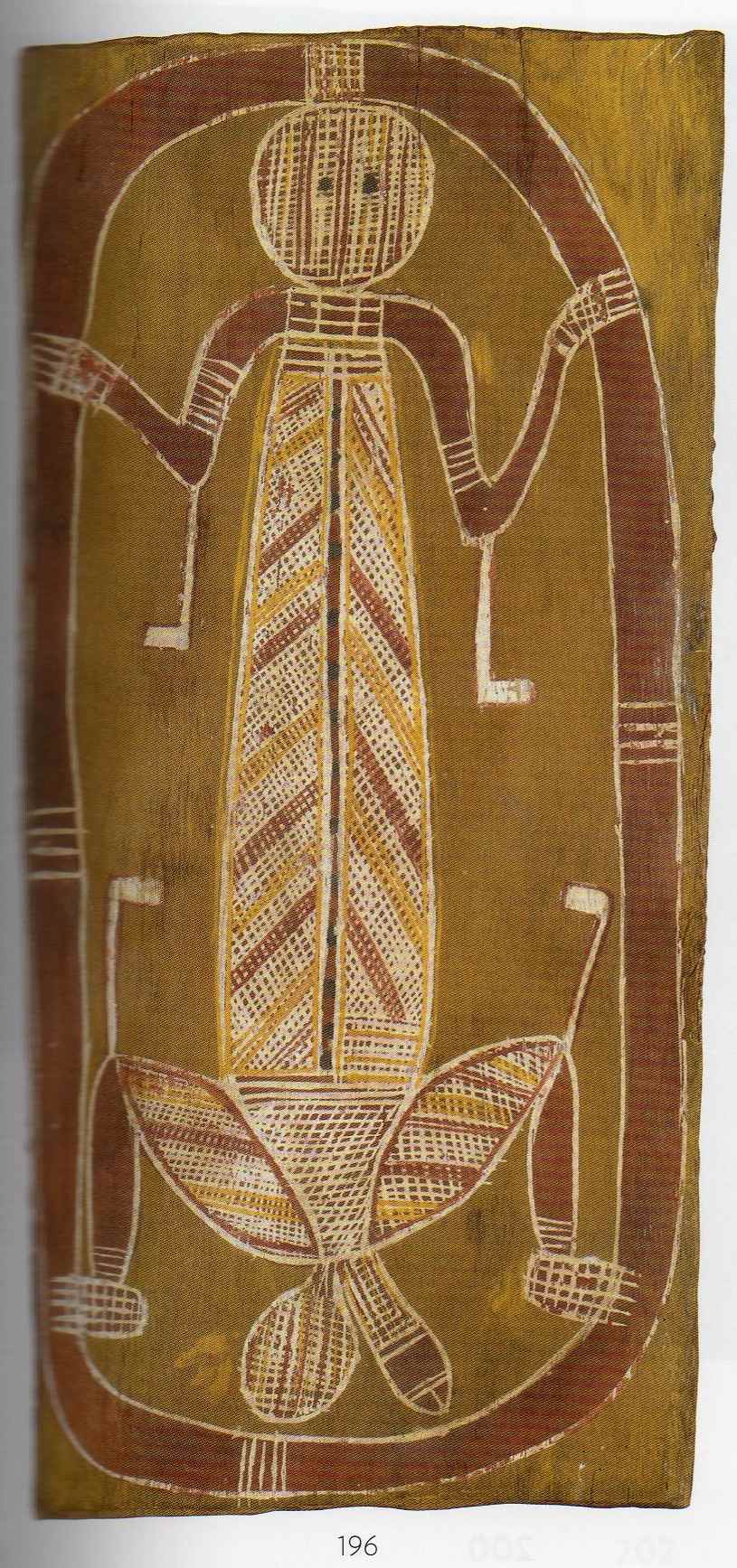
Namarrkon the spirit
Namarrkon is the lightning spirit, the source of the fierce tropical storms in Western Arnhem Land during the wet season. During the dry season, he lives in a billabong not far from Numbuwah, a sacred rock in Western Arnhem Land. Namarrkon’s dreaming site (djadjan) is a slight projection in the outline of the Arnhem Land escarpment. It consists of three fused pillars, one with a circular hole near the top. This is a few km NE of the Nourlangie Rock tourist site to the east of Koongarra saddle. Namarggon left one eye (the hole) to watch for the monsoon, but also to watch his estranged wife, whose home is a cave in a pillar near Koongarra. Namarrkondjadjan is well-named, as the promontory creates the earliest intense lightning storms.
During the monsoon, Namarrkon ascends into the clouds. Here he creates thunder by striking the hammers attached to his elbows and knees and ejaculates lightning. He sits in the clouds looking down and watching the people below. This is the time he gets angry and creates flashes of lightning, loud thunder and then torrential rain. From late October his thunder signals bush food is ready to harvest. This is the start of the ‘build-up’ season before the proper rains come.
Namarrkon’s presence gets stronger through the wet season. In January and February Namarrkon strikes trees and splits them with his axes. His presence and hence the monsoon season subsides in early March. He ejaculates lightning flashes with lightning rods that go around his body. These flashes extend from his ears to his genitals. No one ventures near this lagoon or touches the bush food near Namarrkon’s camp. He remains undisturbed and happy and only growls in his ‘thunder voice’ if someone comes too close. Namarrkon is also described in song and dance.
As described by George Merwulunulu Djaygurrnga (c.1930–c.1987).
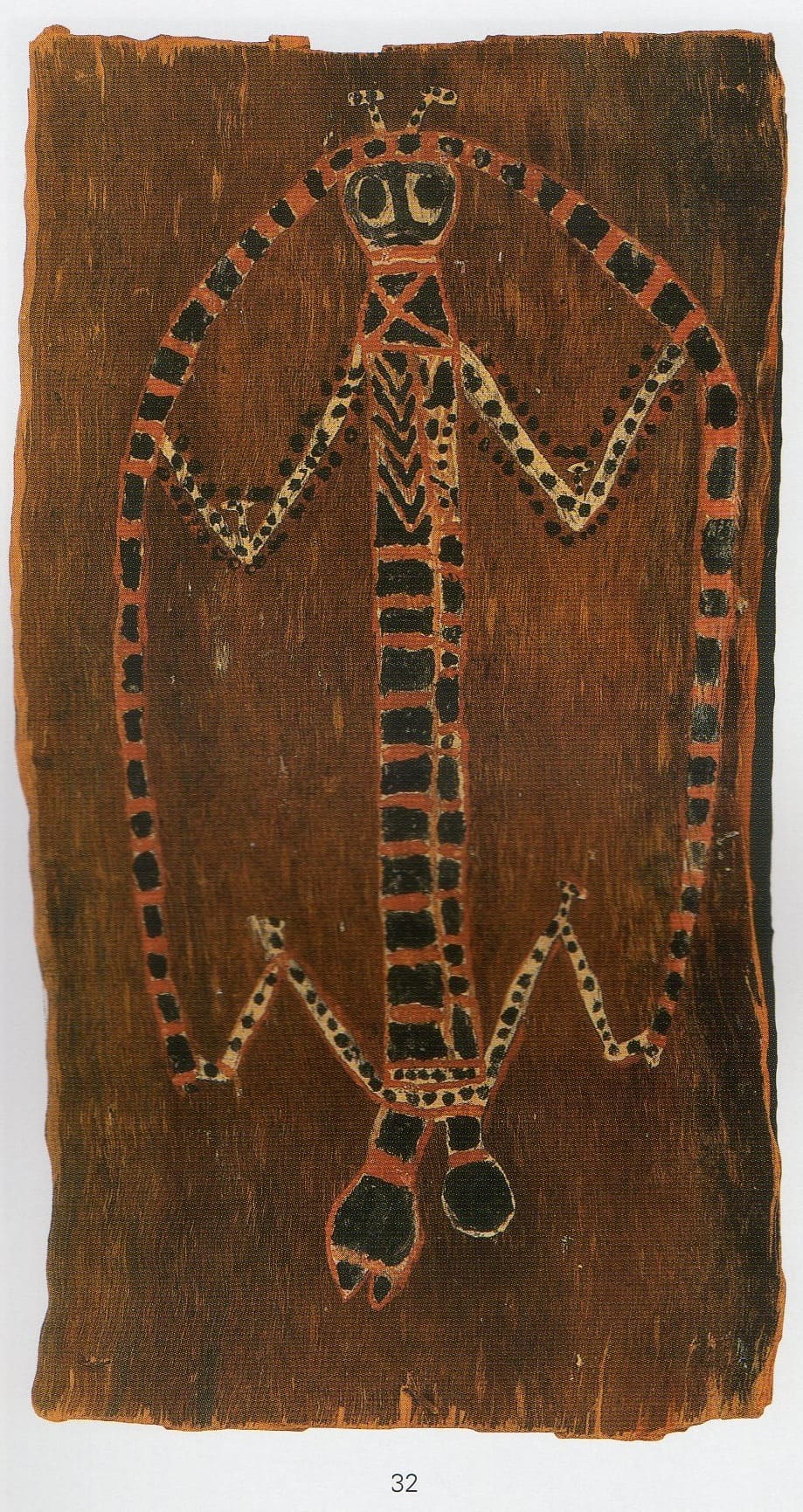
Namarrkon Artists
Nym Djimurrgurr is probably my favorite artist for depicting Namarrkon. He depicts the spirit with enormous genitals and in a rough archaic manner. His depictions are full of energy and menace. (Left). He was also known as Charlie Barramundi
Bark painting of a female Lightning spirit by Mick Kubarrku with axes on the shoulders and waist. (Right)
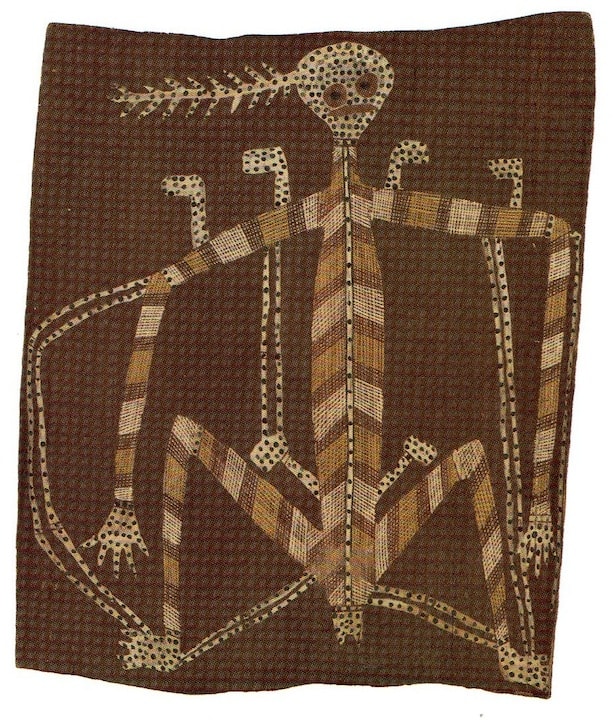
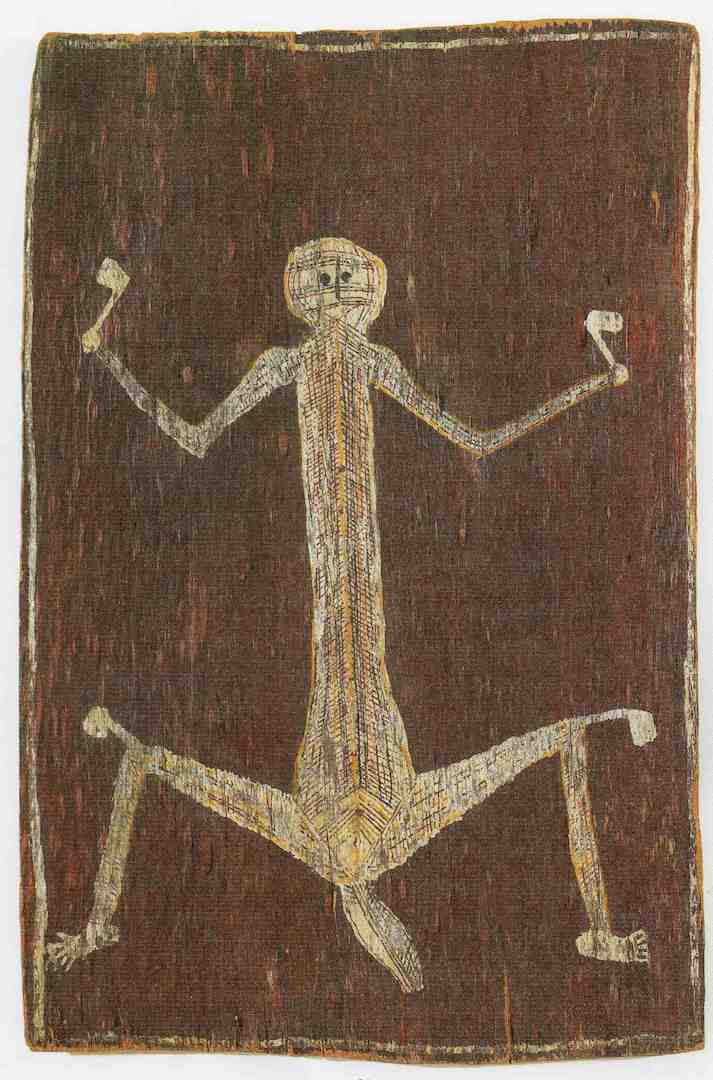
John Mawurndjul depiction of the Lightning spirit lacks the stone axes on the knees. It does however still have the halo of lightning from the top of the head (Right)
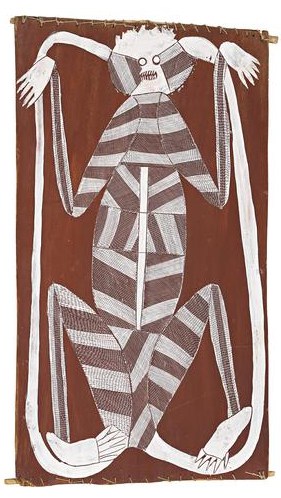
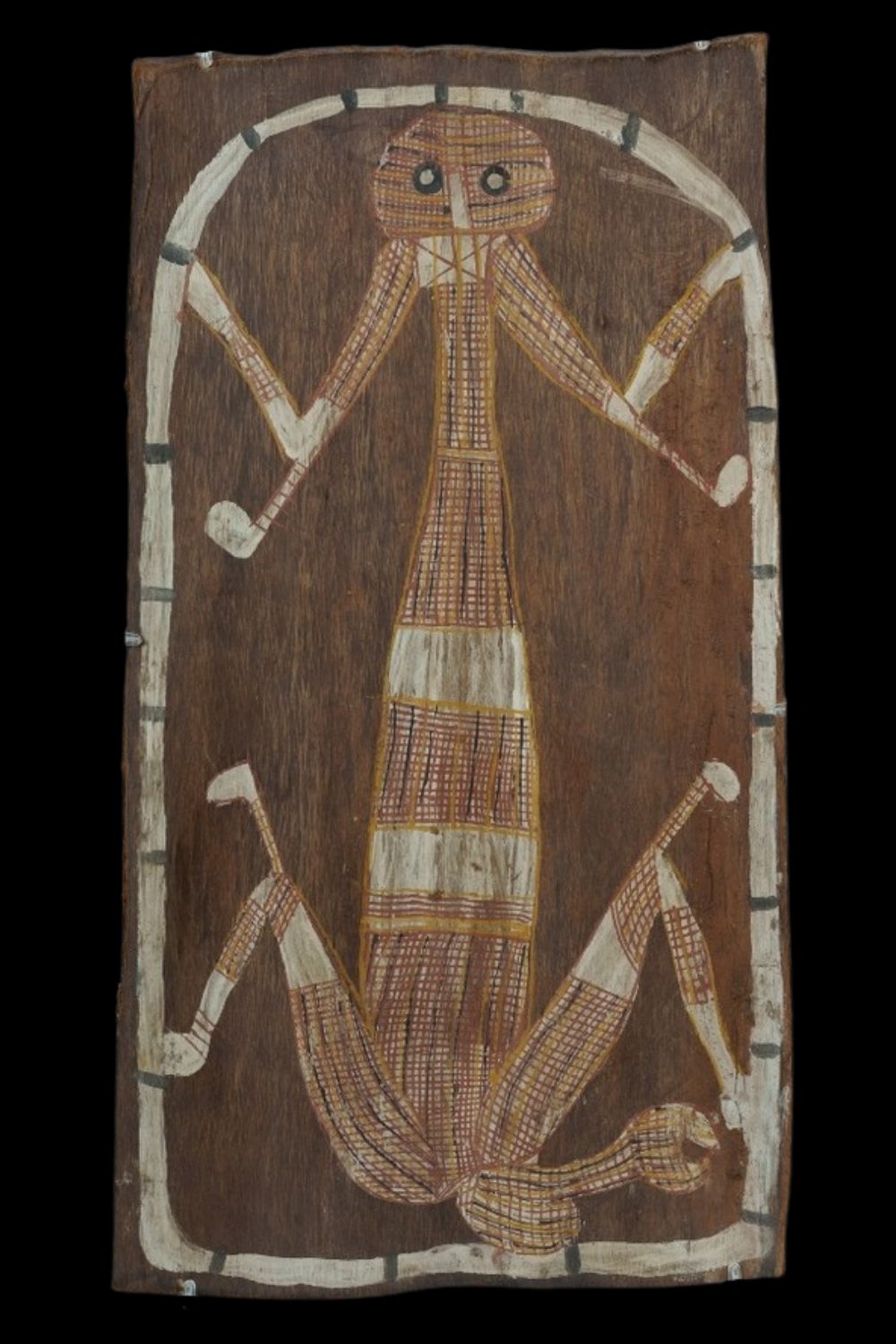
Dick Murrumurru Ngueleinguelei depiction of the Lightning spirit with lightning from testicles to the top of the head. (Right)
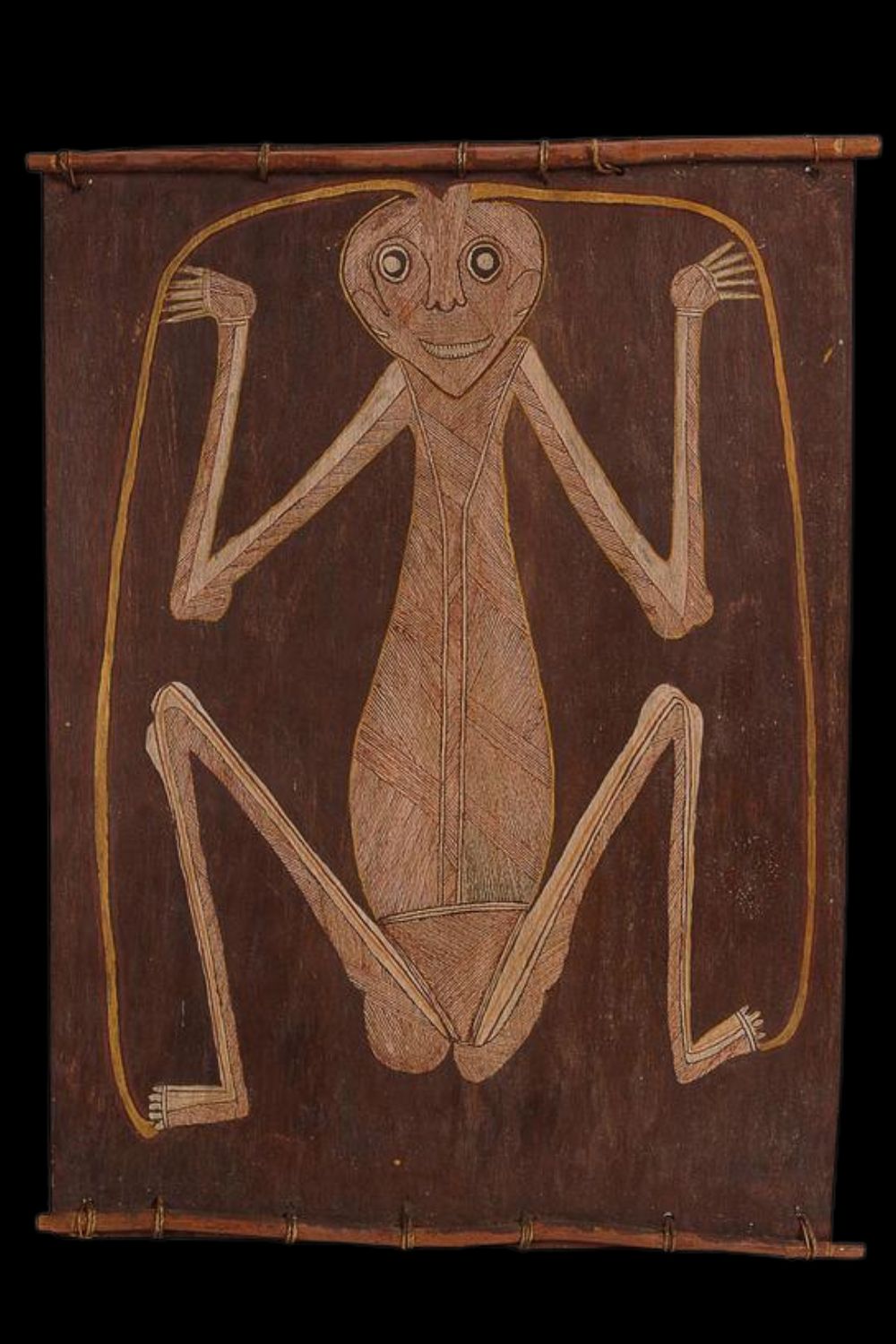
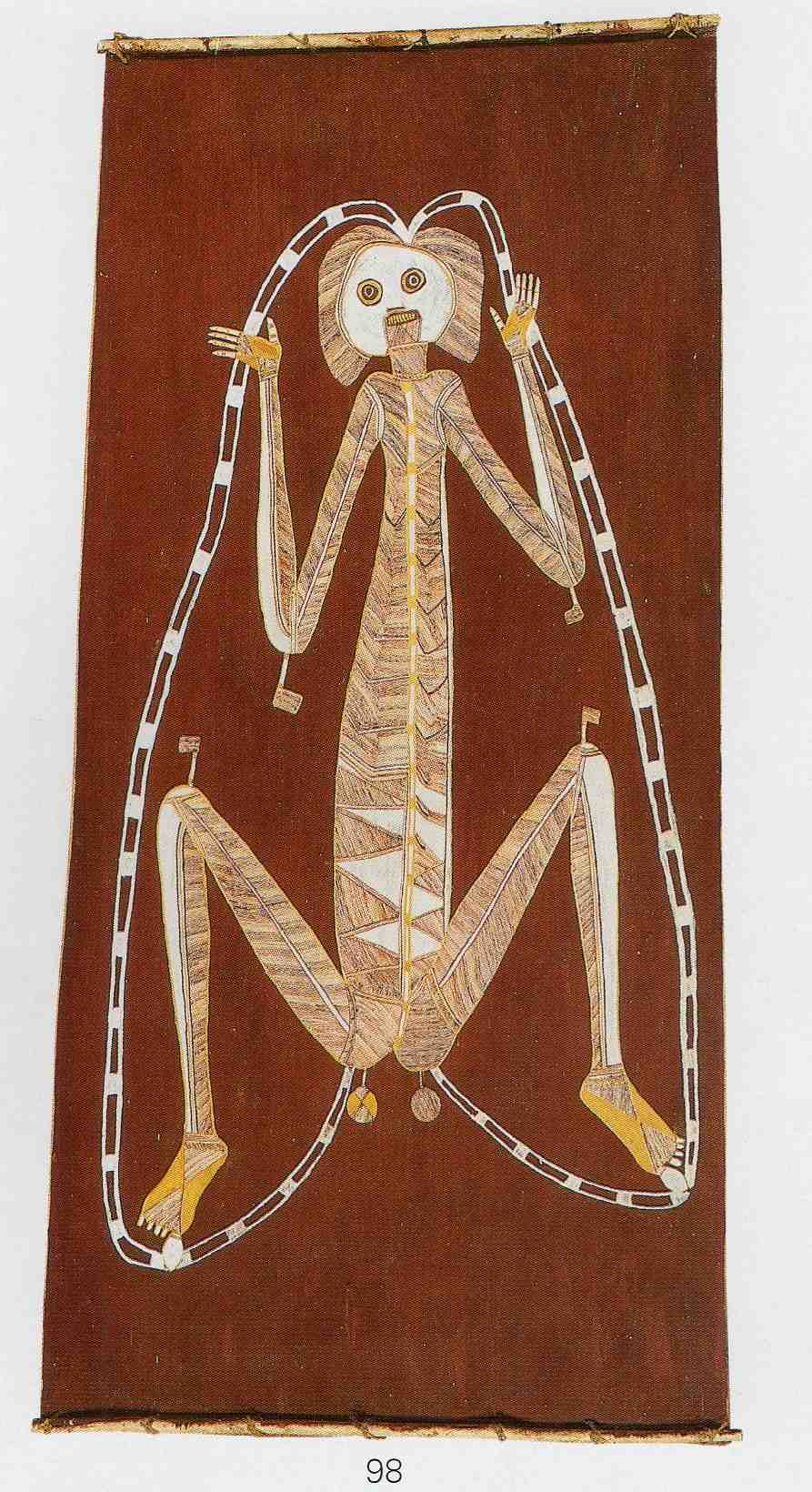
Nadjombolmi depiction of Namarrkon as a female spirit. Lightning coming from the head and axes on knees and elbows. (Right)
Other artist that paint the Lightning spirit include Jackie Madagarlgarl and Bllinyara Nabageyo.
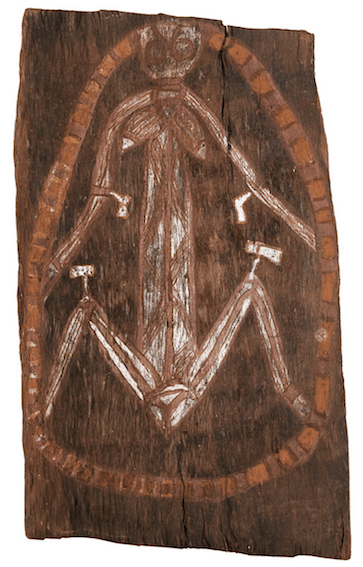
All images in this article are for educational purposes only.
This site may contain copyrighted material the use of which was not specified by the copyright owner.
Western Arnhem land Artists and Artworks
Bark Paintinng care
The packing aboriginal bark painting is best done by an expert. If you need to make a box, make it so that is of an inflexible material with the bark painting floating inside the box on foam beads or bubble wrap.
Care for Aboriginal Bark Painting by ensuring it always stays dry and does not move as ochres can flake off. A bark painting is best stored in a dust-free place and away from insects.

